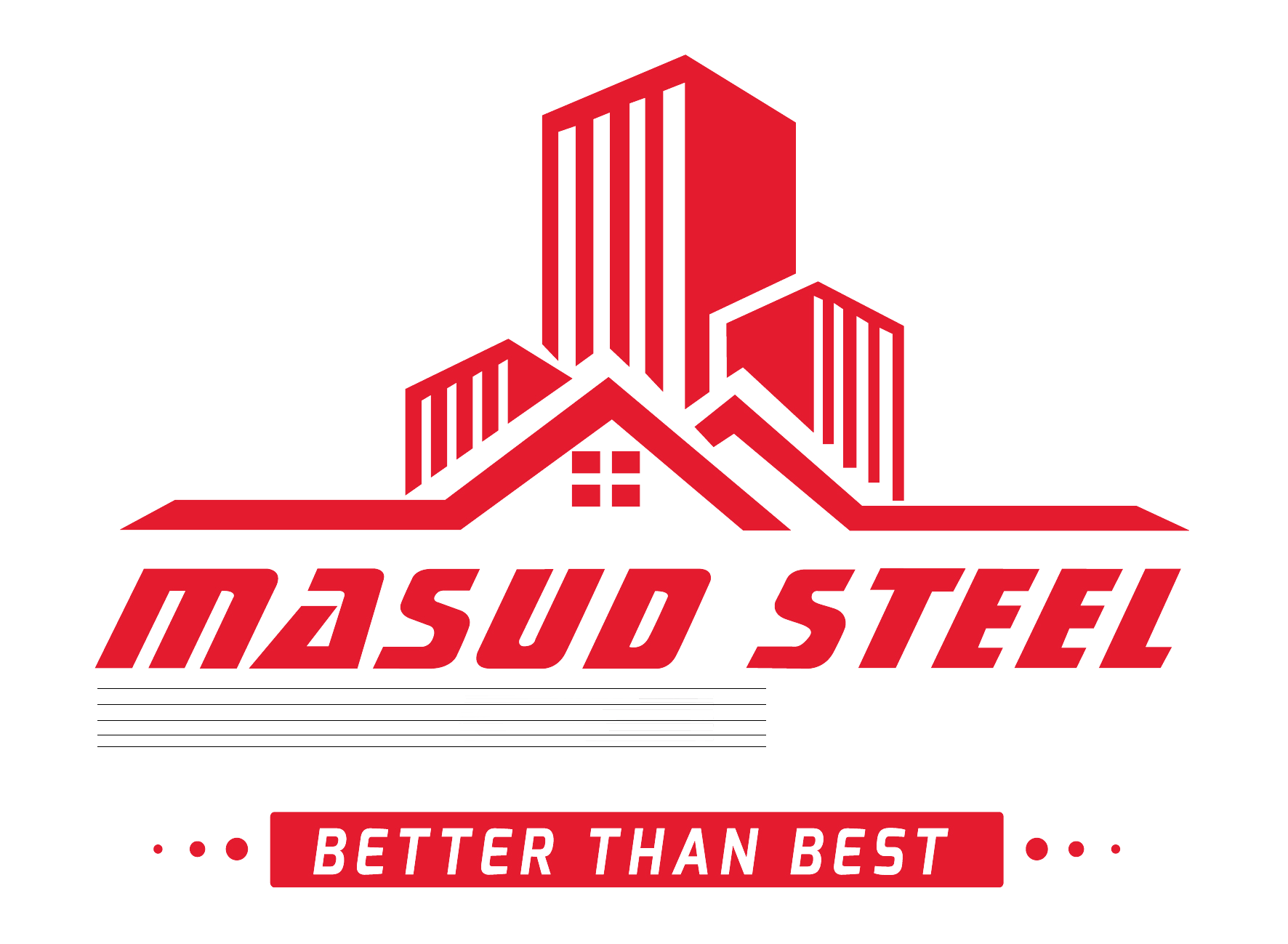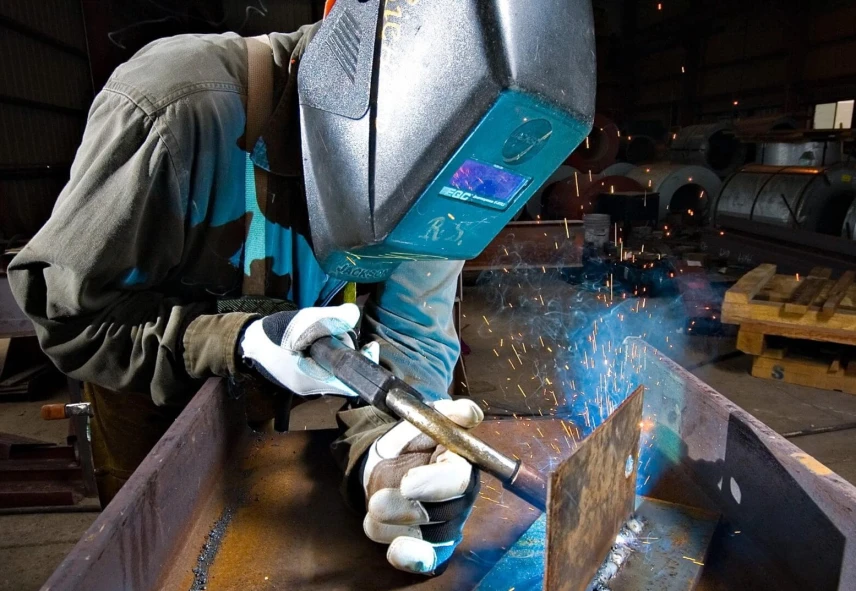- Fabrication
- Sep 13, 2025
The MSDBL factory, situated in Bortapara, Pirojali, Gazipur, spans across an expansive 1,200 decimal land area. The manufacturing facility encompasses a substantial 200,000 square feet of floor space. At present, the factory has a production capacity of 20,000 metric tons per annum.
The construction of the factory building stands as a testament to engineering ingenuity and innovation. It was built utilizing a combination of PEB's castellated beams and open web joists. The roof is fashioned with Lokseam, a state-of-the-art leak-proof roofing system recently introduced by MSDBL.
The factory's operations are overseen by a team of highly seasoned professionals. A majority of the senior staff members have gained extensive international exposure. From the initial planning stages to production, and from quality control to maintenance, the team is well-equipped to deliver top-notch results to its esteemed clientele.
In order to guarantee the highest quality end product, the process commences right from the outset, beginning with the materials used. All materials are sourced from various locations including Japan, Korea, China, Turkey, and more. Prior to fabrication, the imported plates undergo rigorous quality testing under the vigilant supervision of the QC Department of MSDBL at the factory site. Here are some common fabrication machineries used in PEB construction:
Roll Forming Machine: This machine is used to create uniform and consistent profiles from metal coils. In PEB construction, it's used to create panels, purlins, and other structural elements.
Shearing Machine: This machine is used to cut large metal sheets or plates into smaller, more manageable sizes for further processing.
Bending Machine: Bending machines are used to bend metal sheets or profiles into specific shapes or angles required for various components of the pre-engineered building.
Welding Machine: Welding is a critical process in PEB construction. Various types of welding machines, such as MIG (Metal Inert Gas) or TIG (Tungsten Inert Gas), are used to join metal components together.
Punching Machine: This machine is used to create holes or openings in metal components. It's crucial for attaching components together or for providing ventilation and other functional features.
Cutting Machines: These include various types of equipment like plasma cutters, laser cutters, and oxy-acetylene torches, which are used to accurately cut metal components to specific shapes and sizes.
CNC Machines: Computer Numerical Control (CNC) machines are used for precision cutting, drilling, and shaping of metal components. They are controlled by computer programs to ensure accurate and consistent results.
Assembling and Welding Jigs: These are fixtures or templates that hold components in place during the welding and assembly process, ensuring precision and consistency in the final product.
Shot Blasting Machine: This machine is used to clean and prepare the surface of metal components by propelling abrasive materials at high velocity. This process helps in removing rust, scale, and contaminants, providing a clean surface for painting or coating.



.webp?token=be04a9e96563c1a60e134553dfd15d4f)
.webp?token=f238eb0ca2f80872e4e5b674d1675e3e)
.webp?token=bd3520e412970eaadba6bd3ebcdea4f1)
.webp?token=60f14bac42644e88c237c9a9a825a8c2)
.webp?token=d013904e2119c2f3c9d290f1164f3c90)